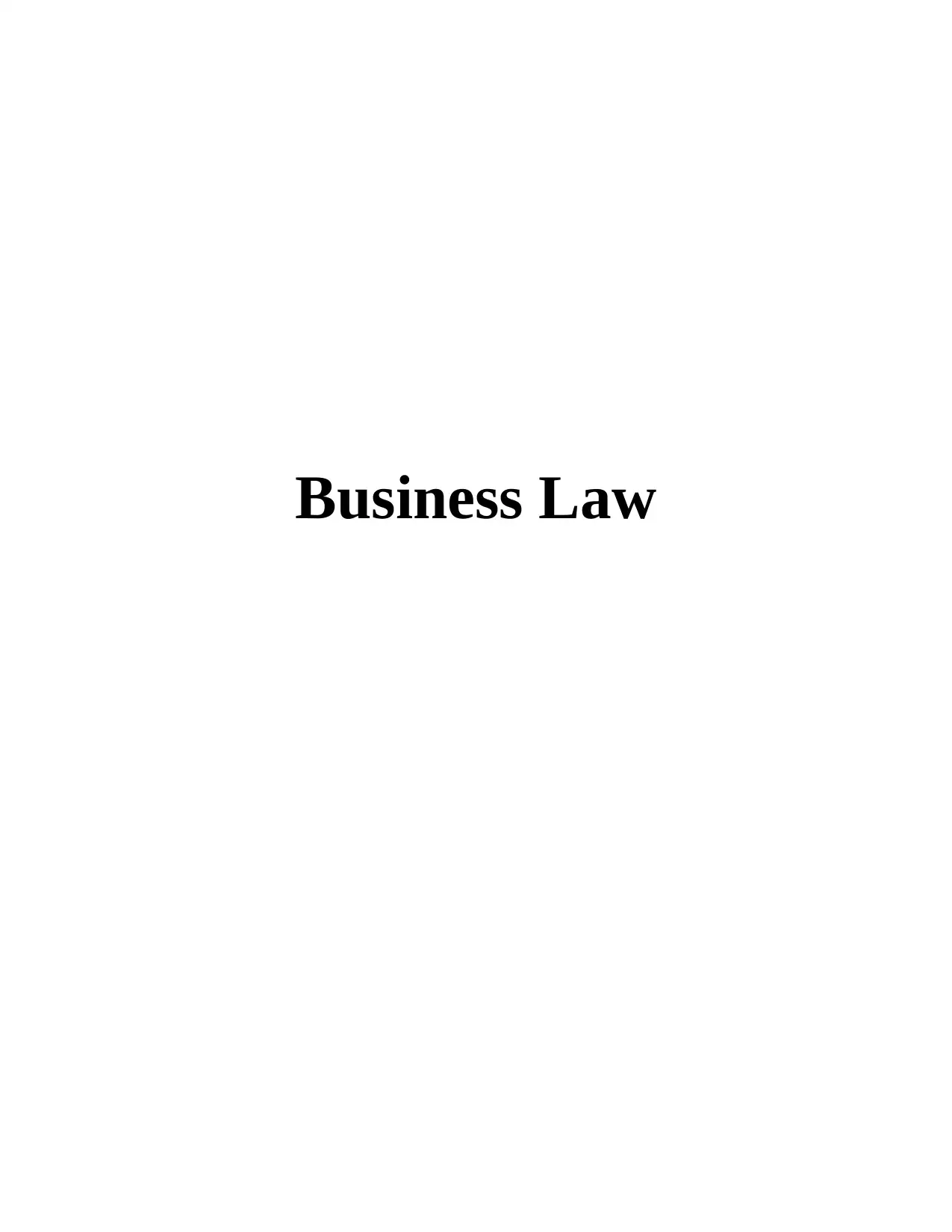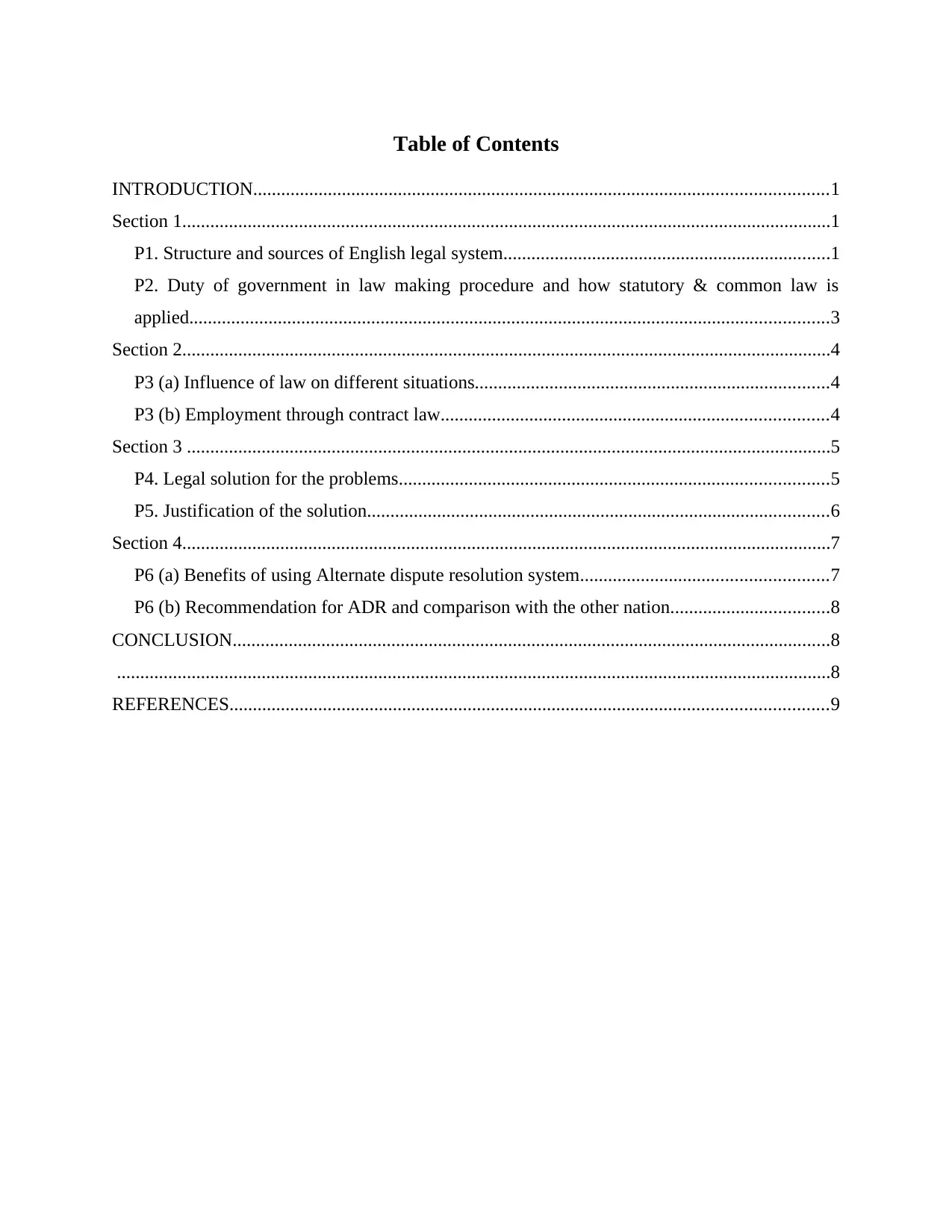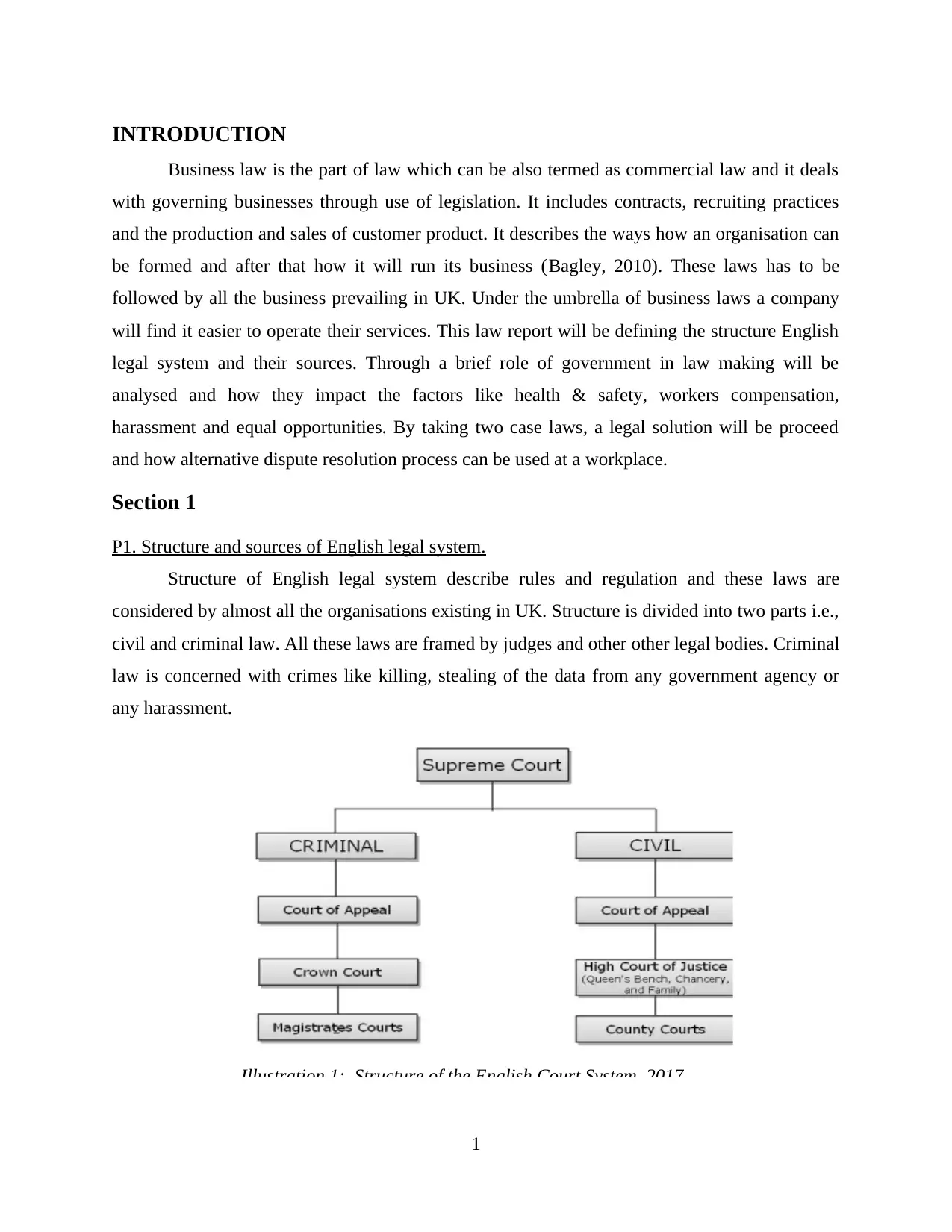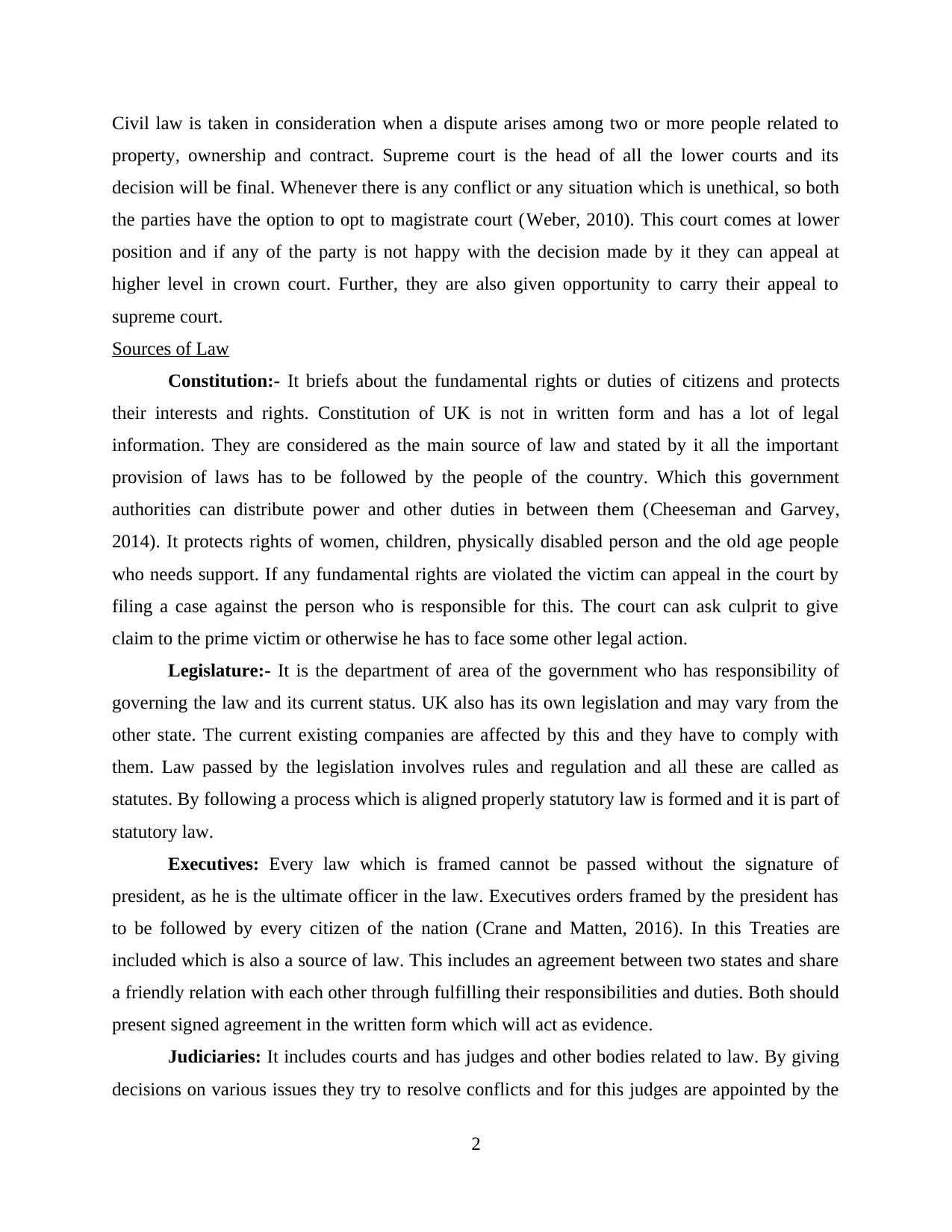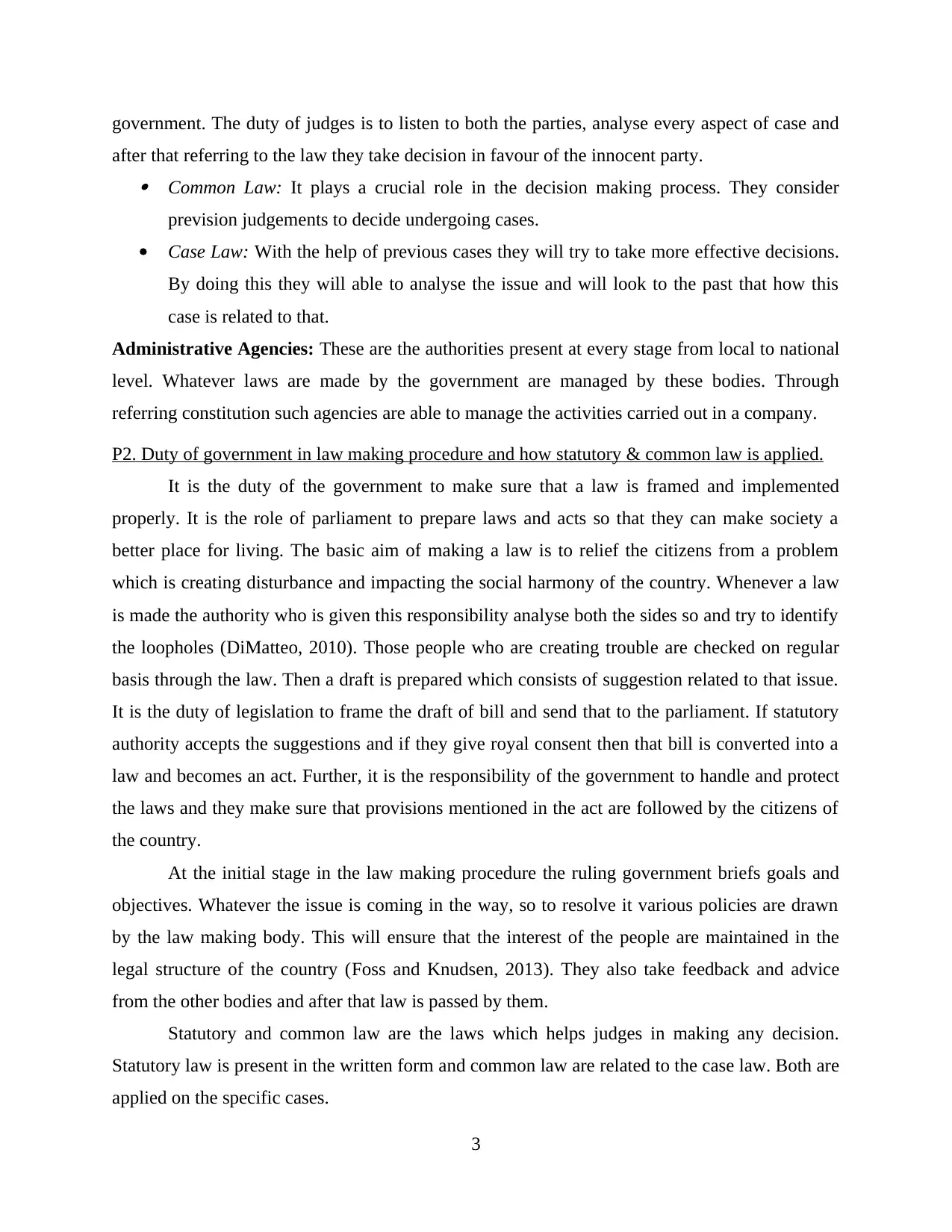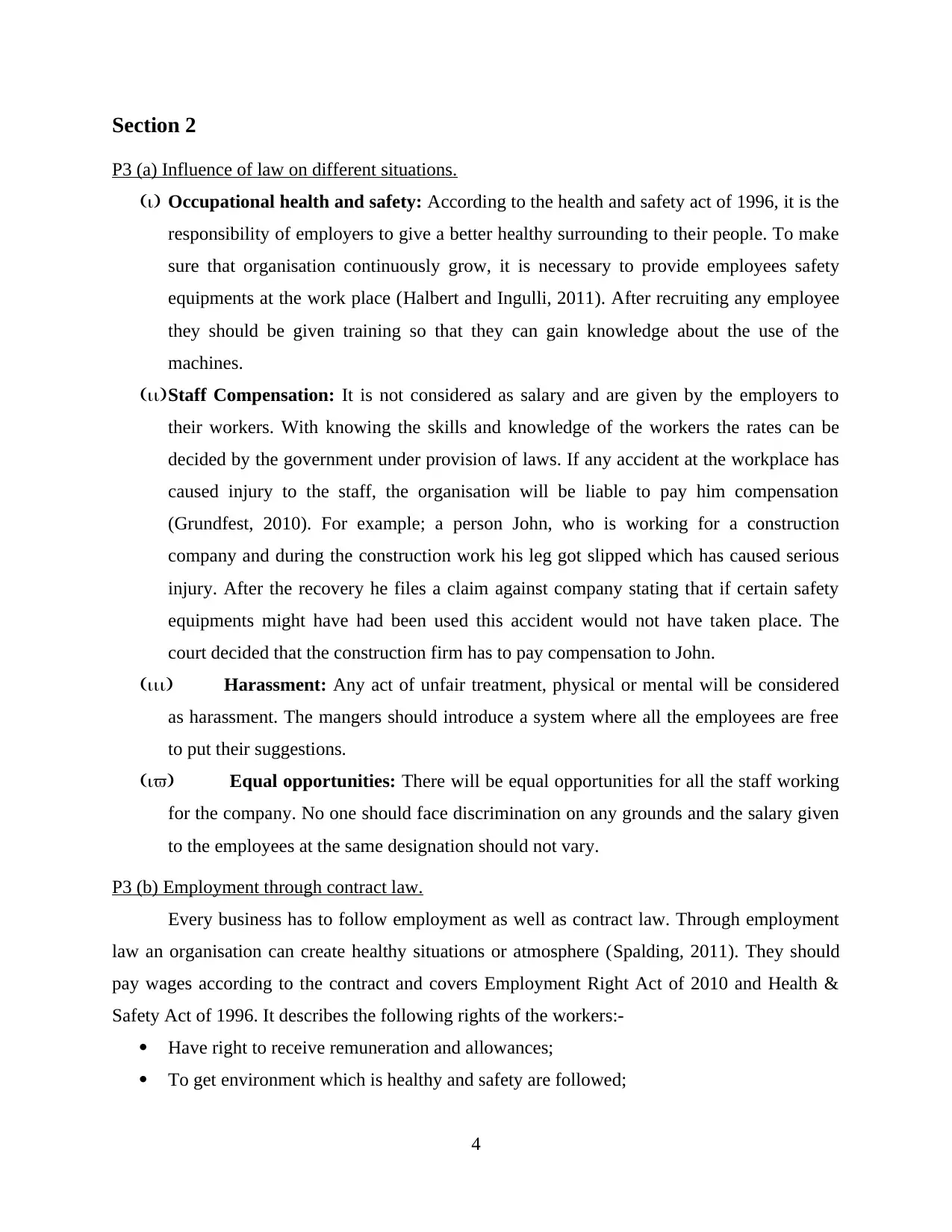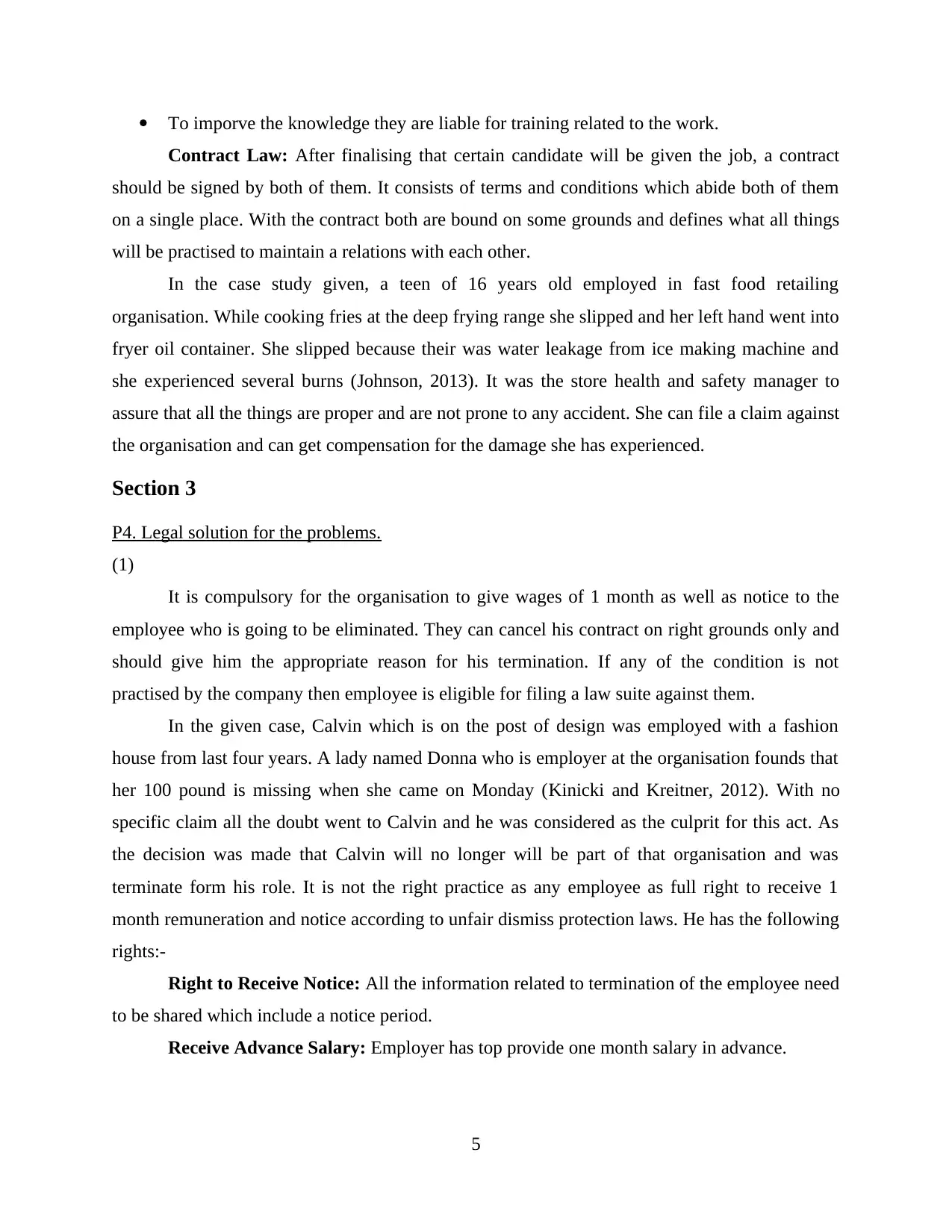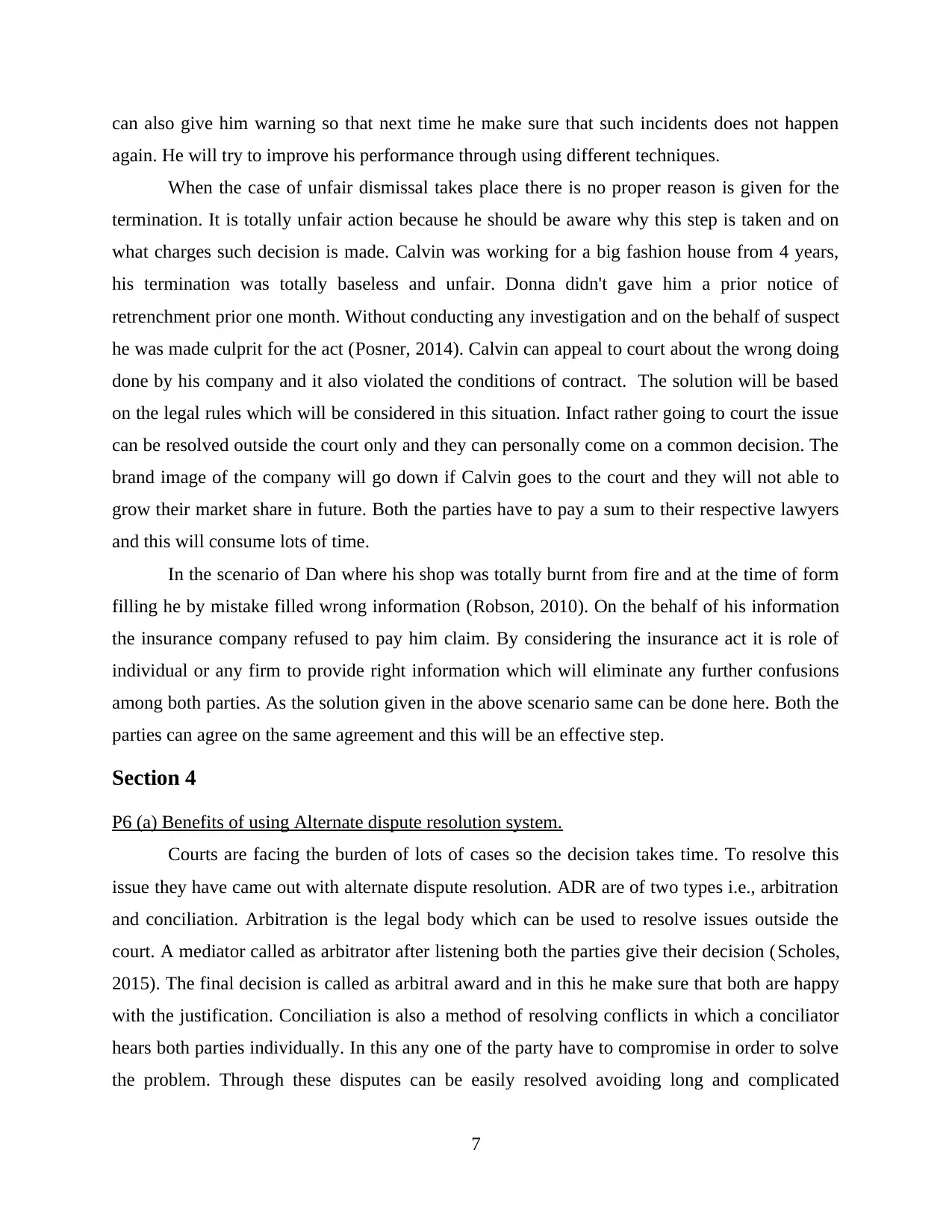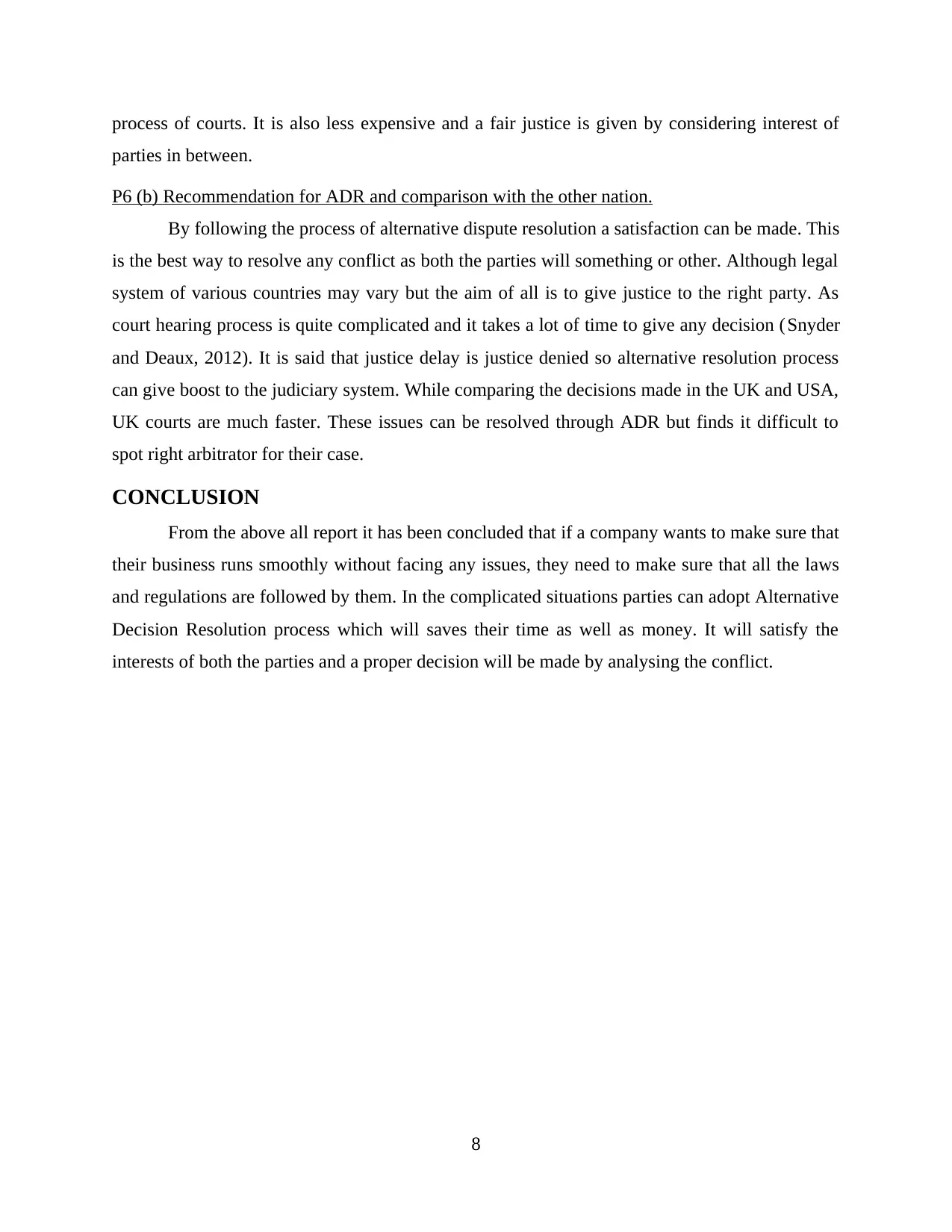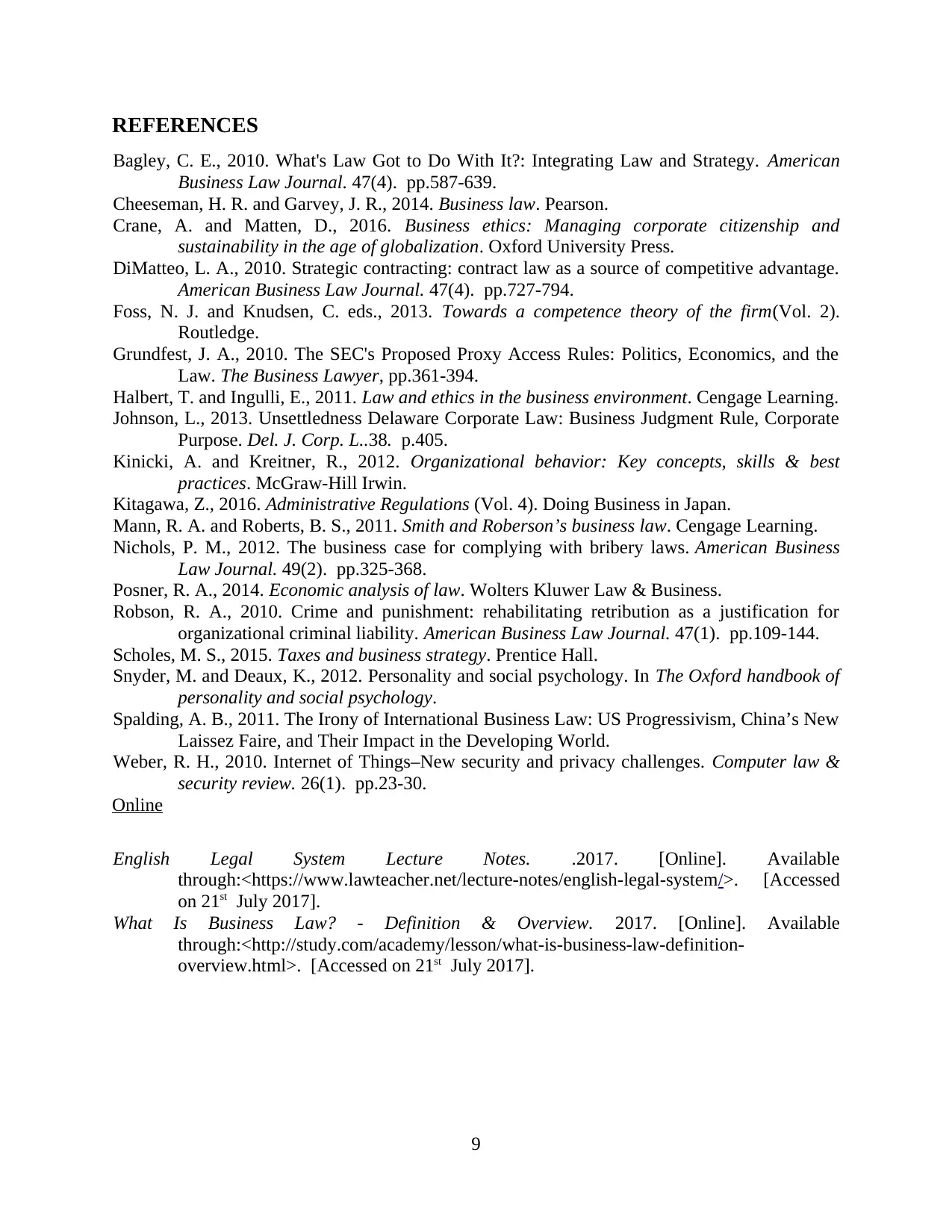This assignment involves a comprehensive analysis of various aspects of business law and corporate governance. Students are required to review and synthesize information from the provided references, including works on competence theory, proxy access rules, law and ethics in business environment, Delaware corporate law, organizational behavior, administrative regulations, business law fundamentals, bribery laws compliance, economic analysis of law, criminal liability, taxes and strategy, personality psychology, international business law, internet of things security challenges, and an overview of the English legal system. The assignment aims to evaluate students' understanding of these topics and their ability to apply theoretical knowledge to practical business scenarios.
![[object Object]](/_next/static/media/star-bottom.7253800d.svg)
![[object Object]](/_next/static/media/star-bottom.7253800d.svg)
